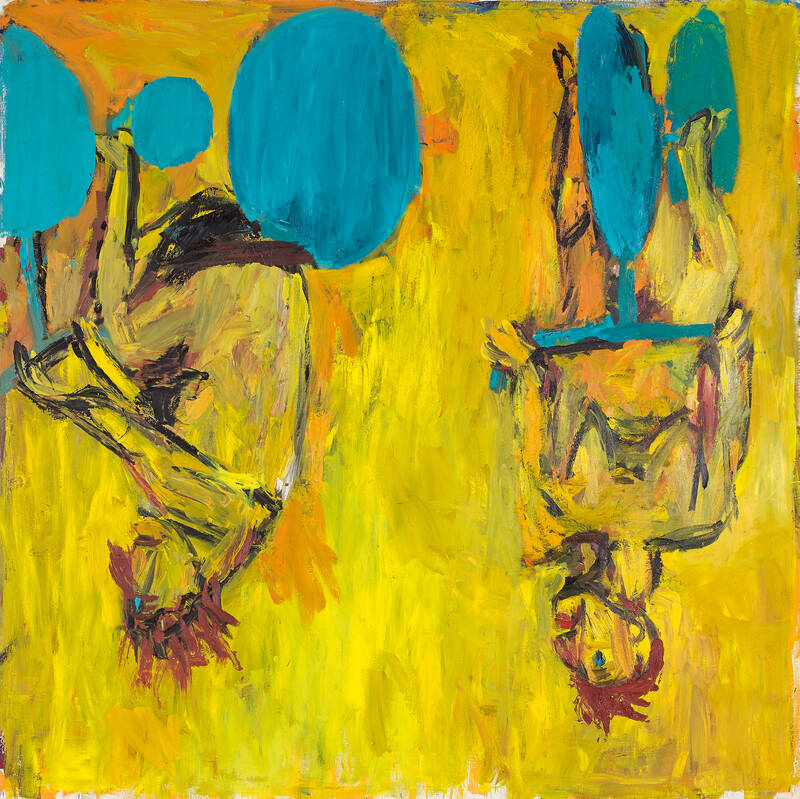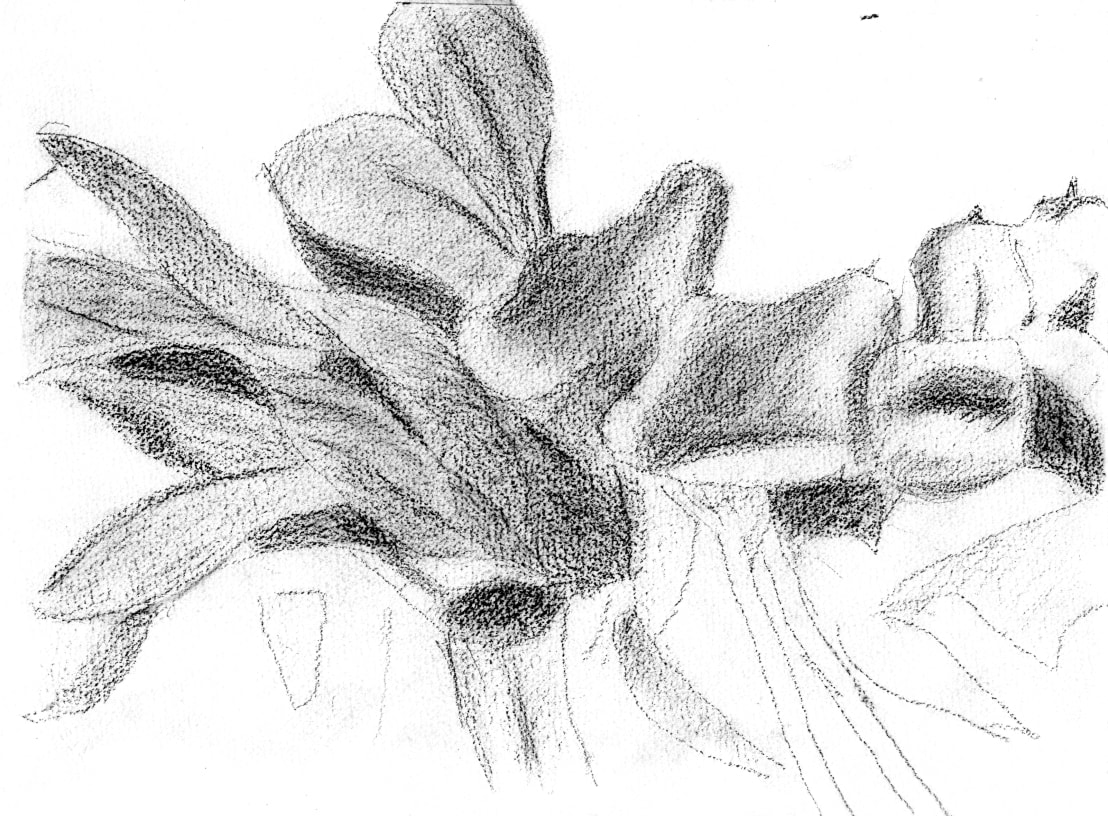Georg Baselitz, esthète à l'envers Judicaël Lavrador about German painter's retrospective at the Centre Pompidou
By Judicaël Lavrador
Des grandes toiles fangeuses aux palettes plus éthérées, le centre Pompidou consacre une rétrospective à l’artiste allemand dont l’œuvre boitillante sut rendre compte de l’ébranlement du monde d’après-guerre.
Pour la rétrospective qu’il consacre à la longue carrière de Georg Baselitz, le centre Pompidou a poussé les cimaises pour dégager dans les salles du sixième étage tout le recul et le vide que réclament les toiles de l’artiste allemand, si grandes, si pleines, tapageuses avec leur cortège chaotique de personnages cabossés et dégoulinants. De sueur, d’effroi, de mal-être. Ils ne savent pas, dirait-on, où se caser dans ses tableaux, qui pourtant, donc, sont assez grands pour qu’ils s’y tiennent avec aplomb, sans se tordre en tous sens ni, quand ils partagent le cadre à plusieurs, se bousculer, se chevaucher, s’entasser les uns contre les autres.
(...)
Entre 1960 et 1964, la peinture de Baselitz avance en boitillant, en tâtonnant autour du motif humain qu’elle fragmente, malaxe, emplâtre sous d’épaisses couches de pigment. Or, si elle se fait aussi grossière et faussement maladroite, c’est qu’elle cherche à figurer au mieux l’état des hommes, du monde, de l’Allemagne surtout, dans l’après-guerre.
(...) dans les dernières salles de l’exposition à la trame strictement chronologique, (...) (il) voile désormais ses portraits (où revient amoureusement la figure de sa femme, Elke) d’une nuée poudreuse et blanchâtre qui les fait léviter, tête en bas toujours, mais cette fois sur un arrière-fond obscur et étoilé qui prend la texture vaporeuse du cosmos. Comme si le renversement si radical de la présentation du motif avait gagné un autre sens en atteignant des sphères stratosphériques où les âmes, les corps, les esprits, la peinture même, s’apaisent, se font plus éthérées, en lévitant, à ces altitudes où règnent, en maître, les lois de l’apesanteur.
English translation:
From large, muddy canvases to more ethereal palettes, the Centre Pompidou is devoting a retrospective to the German artist whose hobbled work was able to capture the shaking of the post-war world.
For the retrospective devoted to the long career of Georg Baselitz, the Centre Pompidou has pushed the picture rails up to provide the hindsight and emptiness that the German artist's canvases demand, so large, so full, so boisterous with their chaotic procession of battered and dripping figures. Of sweat, of fear, of malaise. They don't know, one would say, where to fit in his paintings, which however, are big enough for them to stand with aplomb, without twisting in all directions or, when they share the frame with several, jostling each other, overlapping, piling up against each other.
(...)
Between 1960 and 1964, Baselitz's painting hobbled along, groping around the human motif, which he fragmented, kneaded and plastered under thick layers of pigment. But if it is so crude and falsely clumsy, it is because it seeks to represent the state of men, of the world, and especially of Germany, in the post-war period.
(...) in the last rooms of the strictly chronological exhibition, (...) (he) now veils his portraits (in which the figure of his wife, Elke, lovingly recurs) with a powdery, whitish cloud that makes them levitate, still upside down, but this time against a dark, starry background that takes on the vaporous texture of the cosmos. As if the radical reversal of the presentation of the motif had gained another meaning by reaching stratospheric spheres where souls, bodies, spirits, and even painting itself, become calmer, more ethereal, levitating, at these altitudes where the laws of weightlessness reign supreme.
















































































































































































